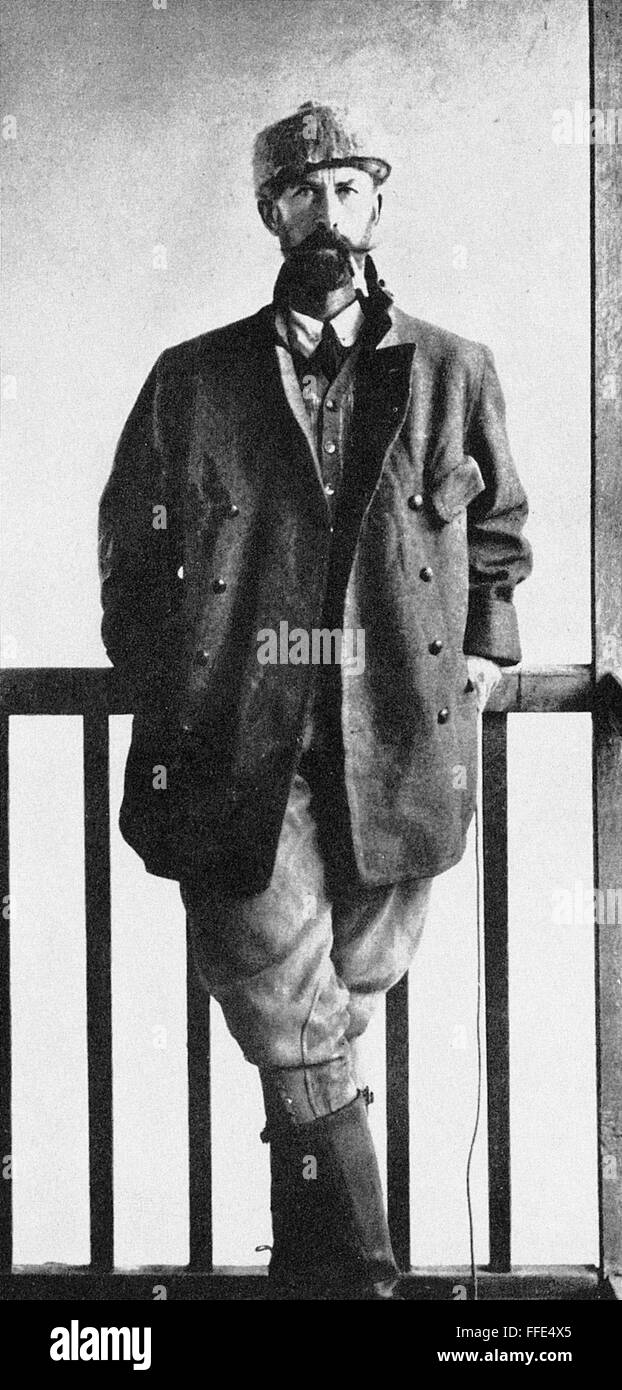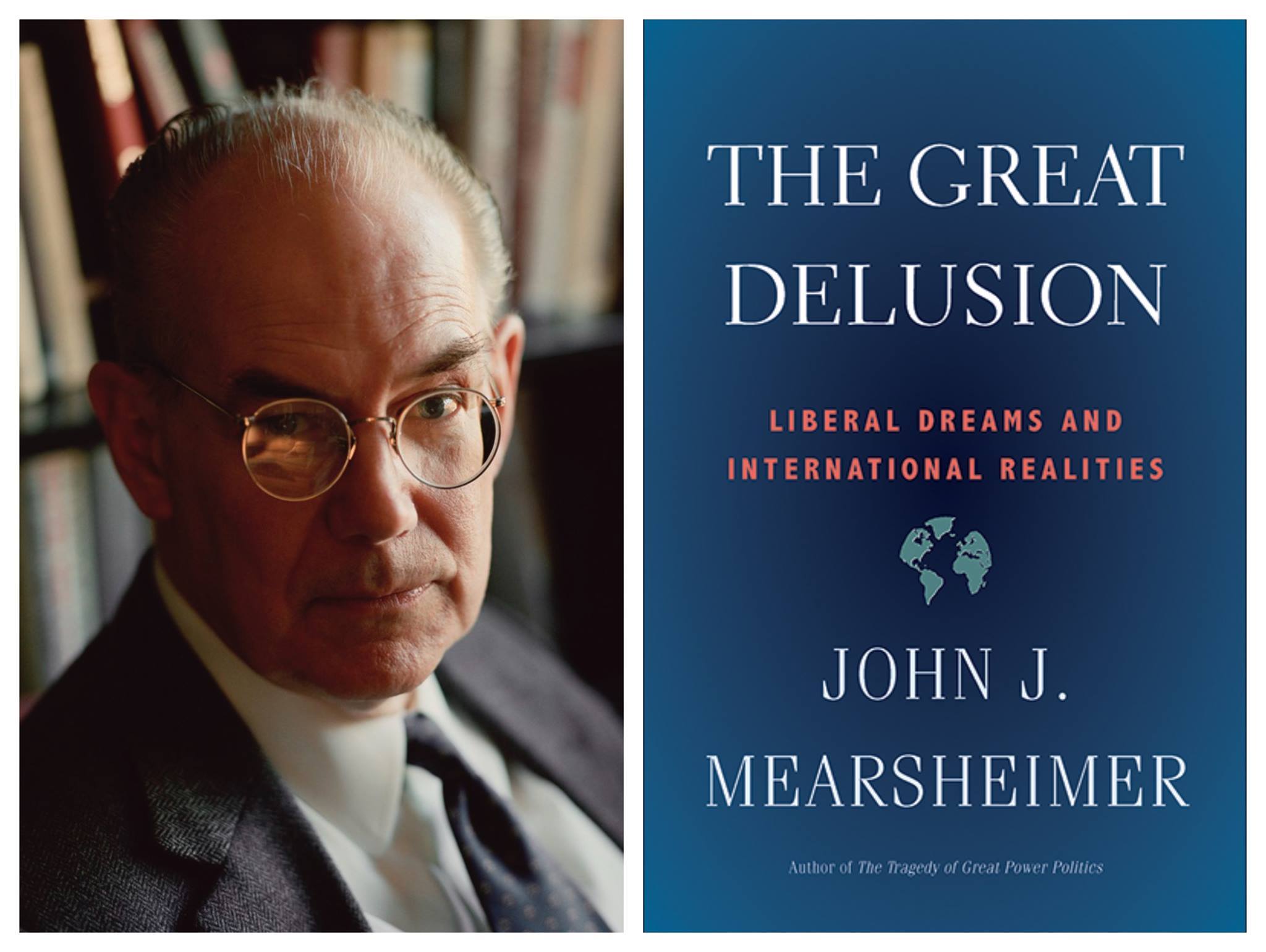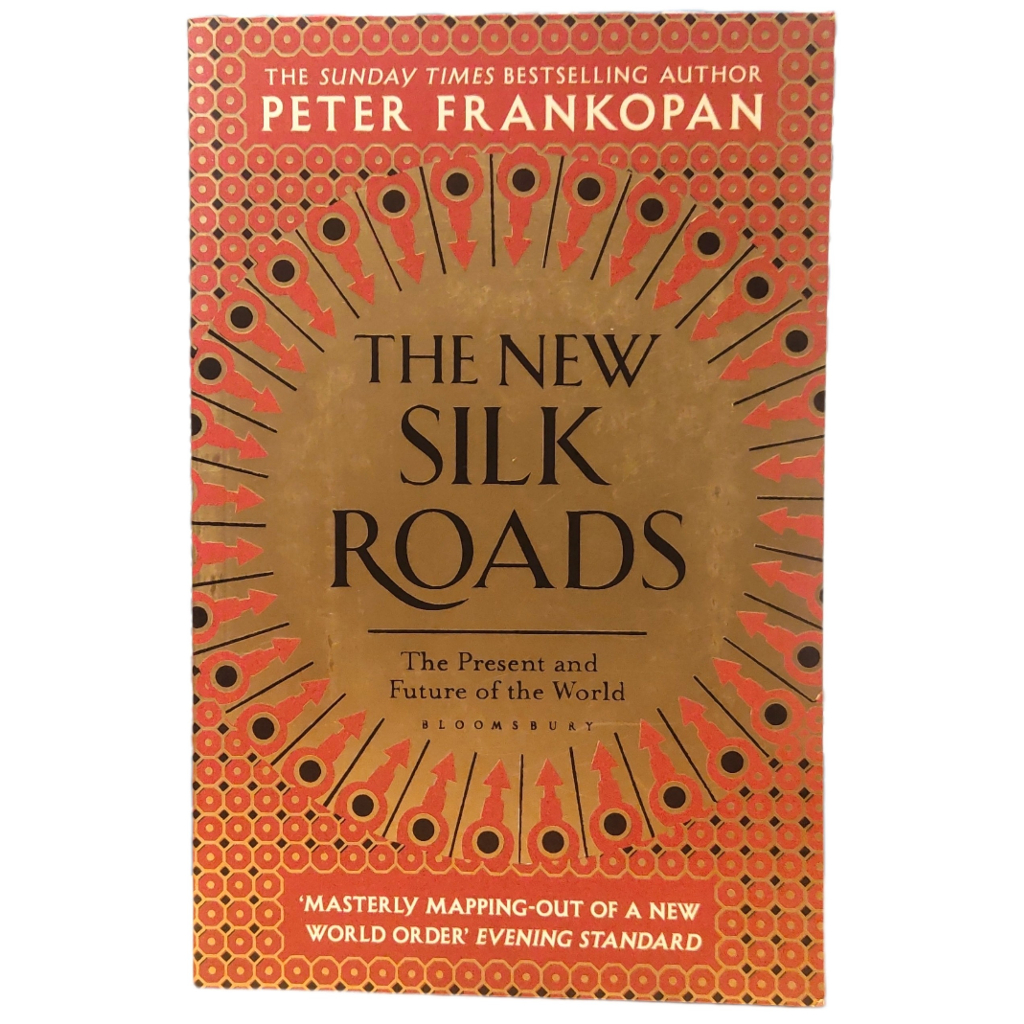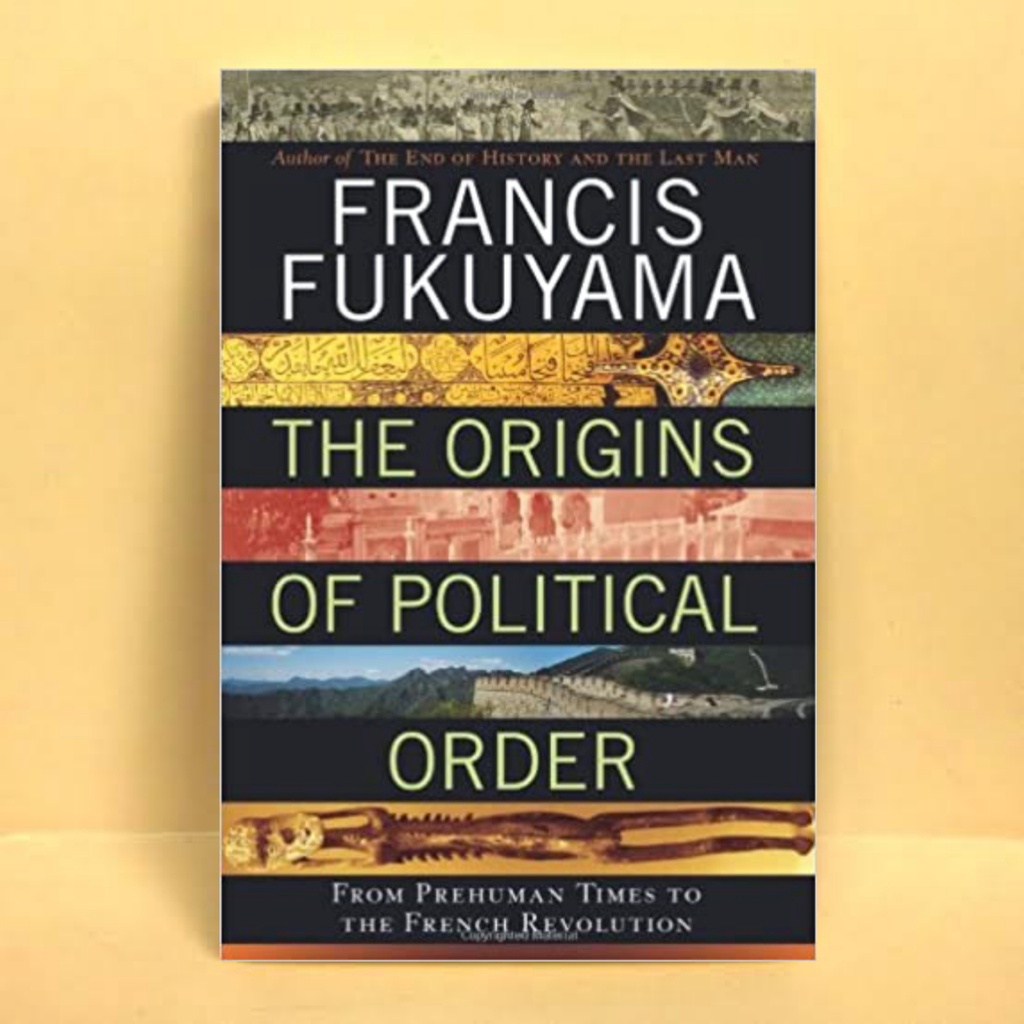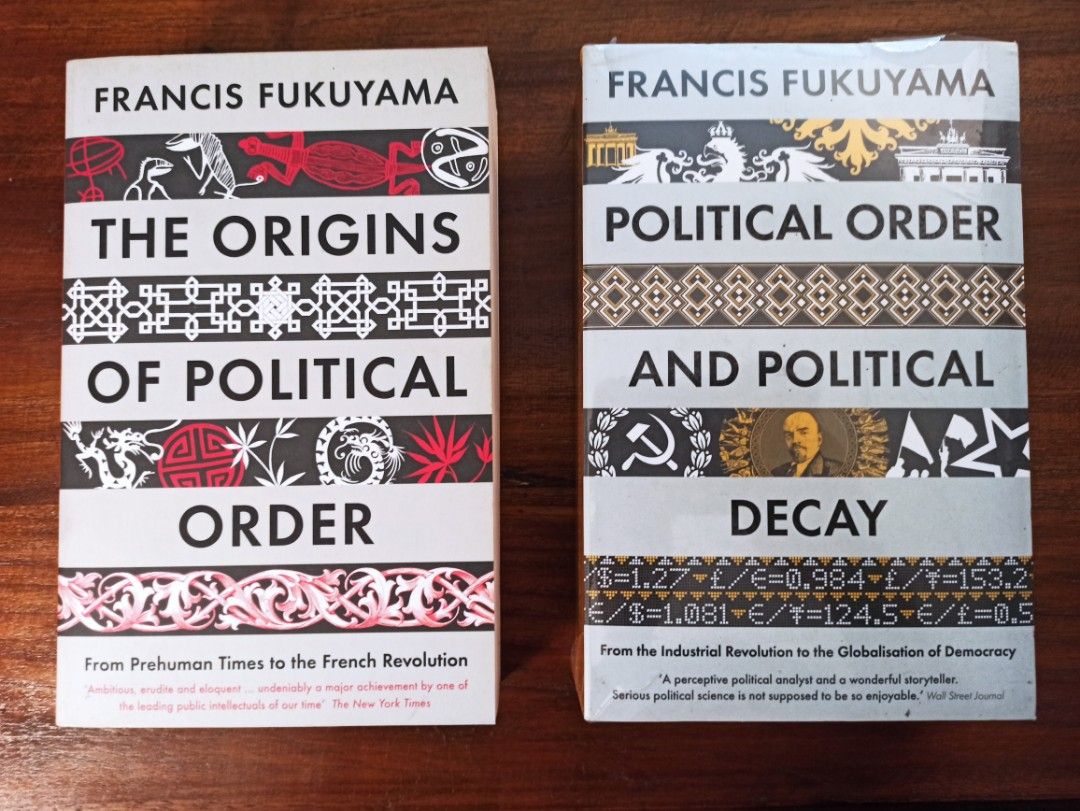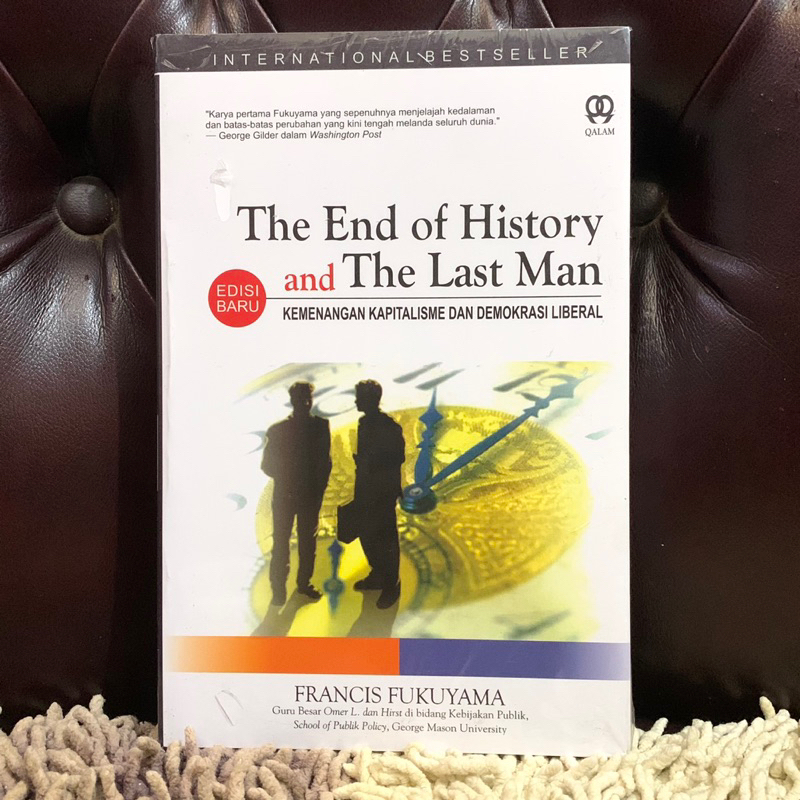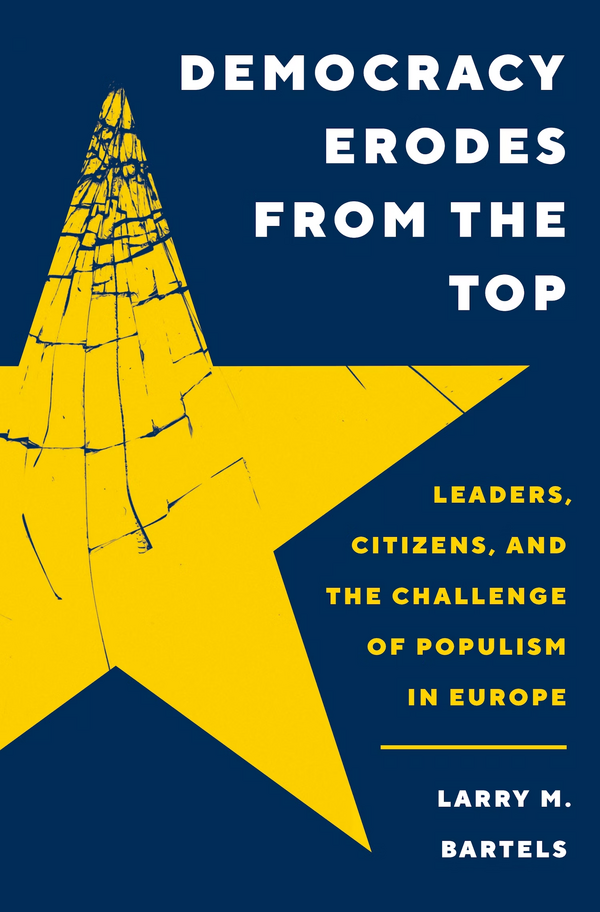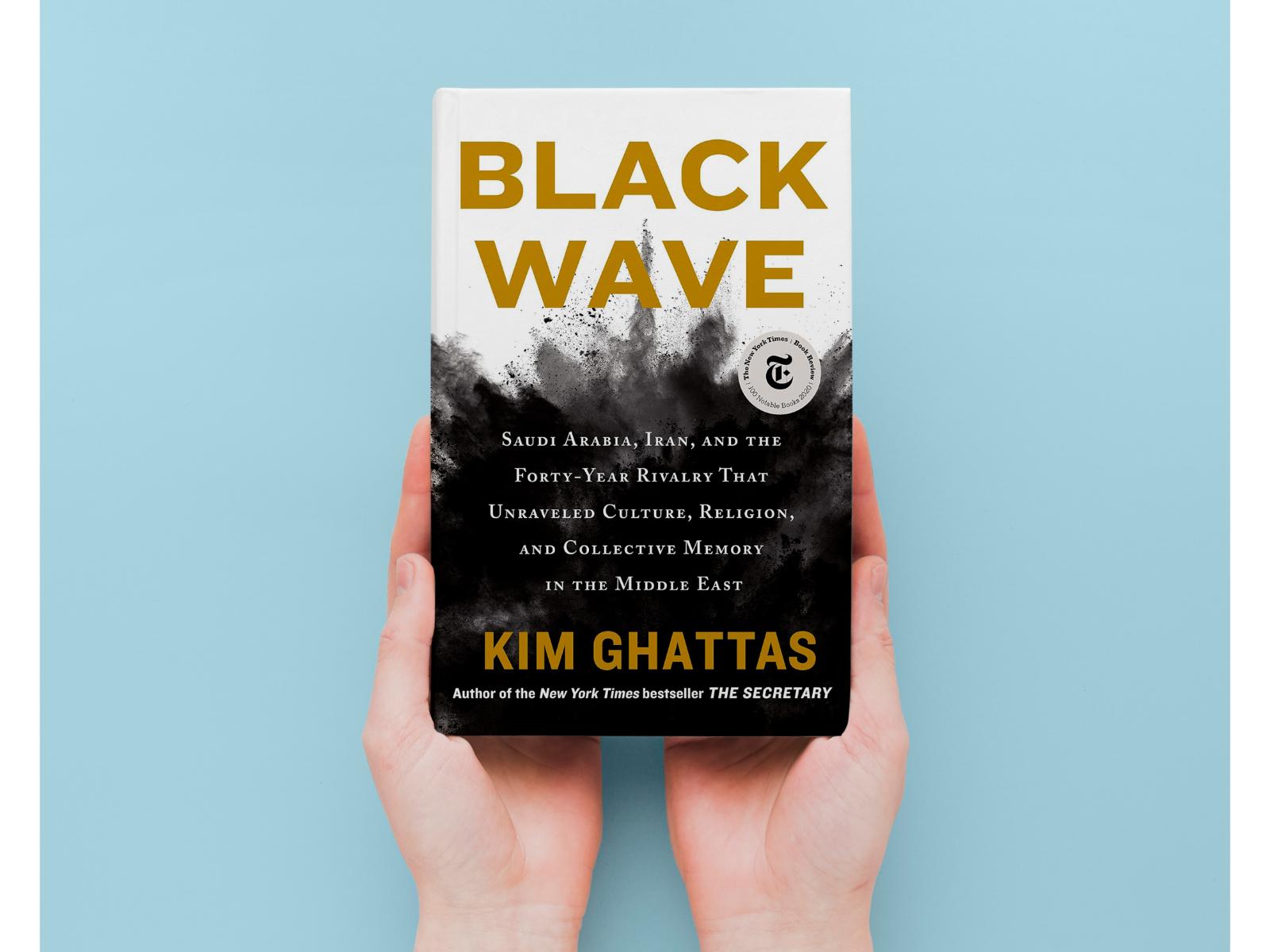Discover Pandipedia
Pandipedia is the world's first encyclopaedia of machine generated content approved by humans. You can contribute by simply searching and clicking/tapping on "Add To Pandipedia" in the answer you like. Learn More
Expand the world's knowledge as you search and help others. Go you!
Jack the Ripper
An unidentified serial killer responsible for the murders of at least five women in London during 1888, whose true identity remains a mystery[1].

Cleopatra VII
The last active ruler of the Ptolemaic Kingdom of Egypt, her burial site continues to be undiscovered, sparking significant archaeological interest[1].
Amelia Earhart
The pioneering aviator who disappeared over the Pacific Ocean in 1937 while attempting to circumnavigate the globe, with ongoing speculation about her fate[11].
Albert Einstein
Known for his groundbreaking physics theories, his complex personal life and philosophical views continue to intrigue many[2].
Kasper Hauser
A mysterious boy found in Nuremberg in 1828, claiming to have been raised in isolation; his origins and murder in 1833 are still subjects of intrigue[3].
D.B. Cooper
A hijacker who vanished after parachuting out of a plane with ransom money in 1971, leaving behind an unsolved aviation mystery[9].
John F. Kennedy
The assassinated U.S. President whose death has fueled numerous conspiracy theories and political intrigue[13].

King Arthur
A legendary figure whose historical existence lacks definitive evidence, lending to numerous myths and tales[7].
George Mallory
A climber who disappeared on Mount Everest in 1924 while attempting to reach the summit; the circumstances of his death remain a mystery[10].
Mary Celeste
A ship found abandoned in 1872 with the entire crew vanished, spurring theories of piracy and supernatural events[1].
Marie Antoinette
The Queen of France whose scandalous life and execution during the French Revolution are shrouded in intrigue[1].
M. Chouchani
An enigmatic Jewish teacher who influenced notable students like Elie Wiesel but whose origins remain obscure[5].
Shanti Devi
An Indian girl who claimed to remember her past life at the age of four, capturing the attention of researchers into reincarnation[3].
Edgar Allan Poe
The author’s mysterious death and the themes present in his writings contribute to his enigmatic reputation[2].
Marilyn Monroe
The iconic actress whose likely suicide was surrounded by speculation about her relationships and connections, fueling conspiracy theories[13].
Green Boots
The nickname for a corpse on Everest, believed to have been an Indian climber, whose identity and fate remain uncertain[5].
Joan of Arc
This national heroine of France claimed to have received visions directing her to lead France, and she was burned at the stake, creating an enigmatic legacy[2].
Nikola Tesla
The inventor and electrical engineer known for his eccentricities and revolutionary ideas, whose life has fueled both admiration and speculation[2].
Madeline McCann
The child who vanished while on vacation with her family in Portugal in 2007, leading to a high-profile ongoing investigation[11].

George Psalmanazar
A mercenary who claimed to be from Formosa but is suspected of having fabricated much of his story, leading to questions about his true identity[3].
Solomon Northup
A free man kidnapped and sold into slavery whose story and fate remains a poignant part of American history[10].

Howard Hughes
The reclusive American business magnate and filmmaker who withdrew from society in his later years, leading to speculation about his life[6].
Nikola Tesla
A brilliant inventor whose mystique is compounded by his eccentric behaviors and innovative contributions to electrical engineering[2].
Elizabeth Short (Black Dahlia)
Murdered in Los Angeles in 1947, her gruesome death remains unsolved and continues to be a subject of fascination[7].
Percy Fawcett
The British explorer who vanished in the Amazon jungle in 1925 while searching for a legendary lost city, embodying the spirit of adventure and mystery[7].
Man of the Hole
The last known member of an Indigenous tribe in the Amazon discovered in 1996, whose identity remains unconfirmed and is symbolic of the vanishing cultures[5].
Bella in the Wych Elm
The unidentified middle-aged woman found murdered in England in 1943, whose identity and the surrounding circumstances remain unsolved[5].
Let's look at alternatives:
- Modify the query.
- Start a new thread.
- Remove sources (if manually added).
- Request a manual search from our human research team.
Overview of Search Advertising
Search advertising consists of various ad formats that target users based on their search queries. Among these, text ads have emerged as a distinct form due to their composition, keyword-driven mechanics, and auction dynamics. While other formats such as display, shopping, and product ads rely on visual elements or predetermined content structures, text ads primarily utilize concise text elements crafted by the advertiser to communicate a value proposition directly on the search engine results page[1][2].
Format and Structure of Text Ads
Text ads are characterized by their simple structure, typically including a headline, a display URL, and a short description. This format is designed for quick comprehension and integration with organic search results. In contrast to other ad formats that may incorporate images or structured product details, text ads focus exclusively on the written word, enabling advertisers to tailor their messaging effectively. This design allows for immediate communication of value without relying on visual cues, which is a clear departure from the rigidity of other search ad types[1][2].
Keyword Matching and Ad Auction Dynamics
A fundamental characteristic that sets text ads apart is the emphasis on keyword matching and the selection of match types. Advertisers select keywords and specify match types such as exact match, phrase match, or broad match. This method ensures that text ads are displayed when a user’s search query closely aligns with the chosen keywords. Moreover, as explained in the records, text ads have evolved by integrating broader concepts of keyword matching – including semantic matching. For instance, an expansion from exact to broad match can allow advertisers to gain impressions and enter more auctions. However, this expansion also reduces the advertiser's ability to control auction entries and forces advertisers to rely on reverse engineering strategies with negative keywords to avoid unrelated triggers[3][1][2].
Auction Mechanics, Pricing, and Control
The auction system associated with text ads brings additional distinctions. In a documented example, an advertiser initially paying 23 cents for an exact match auction was subsequently charged $5.81 when the keyword matching criteria were broadened through semantic matching. This indicates that while semantic matching generates more auction opportunities, it can also drive up bid prices. Importantly, advertisers no longer have the option to opt out of these broadened matching features, which not only increases auction exposure but simultaneously diminishes explicit control over when and where their ads appear. These dynamics demonstrate an inherent tension between increased visibility and the loss of granular control, a balance not typically observed in other search ad formats[3].
User Engagement and the Role of Keywords
Text ads rely heavily on well-chosen keywords and concise ad copy, which are critical in appealing to user intent. When a user enters a search query, the ad's relevancy is determined by the match between the query and the advertiser’s selected keywords and their corresponding match types. Compared to display ads – which may have clickthrough rates as low as 0.1% to 0.01% – text ads can achieve higher engagement levels, with clickthrough rates generally around 2% to 4%. This higher engagement is attributed to the precision of keyword targeting and the flexibility advertisers have in crafting messages that directly address search queries. As such, advertisers tend to prefer text ads for their ability to engage users who demonstrate specific intent through their searches[1][2].
Comparative Analysis with Other Search Ad Formats
When comparing text ads to other types of search ads, several distinctions become apparent. Unlike shopping ads or display ads that incorporate graphics and have rigid content structures, text ads offer a broader scope for the message as determined by the advertiser. Other ad formats such as product ads or Google Shopping ads often come with preset limitations regarding content and presentation. Additionally, the internal perspective from Google documents highlights that text ads complement other formats like product ads, yet they remain uniquely flexible due to their reliance on advertiser-generated text rather than machine-determined snippets[1]. This flexibility allows text ads to adapt to varied user queries, establishing them as a crucial component of a broader search advertising strategy.
Control, Transparency, and Advertiser Strategy
A significant aspect of the discussion around text ads revolves around control and transparency. With the introduction and evolution of broader keyword matching techniques such as semantic matching, advertisers now face a trade-off: they gain increased exposure but at the cost of reduced control over which auctions their ads enter. The need to retroactively apply negative keywords to avoid undesirable matches further complicates ad management, particularly for smaller advertisers without the extensive resources to monitor and fine-tune these keyword lists. This scenario illustrates a move towards a system where increased revenue potential is balanced against a higher level of complexity and diminished control, aspects that are less pronounced in the structured formats of other search ads[3].
Industry and Internal Perspectives
Both industry observations and internal communications from Google underscore the treated uniqueness of text ads. Google’s internal documents suggest that while text ads and shopping ads are designed to work together, each serves a distinct function in the overall advertising ecosystem. Text ads are viewed as a vehicle for personalized messaging with high engagement due to their reliance on keywords and match types. Furthermore, industry comparisons often note the differentiation between text ads and other search ads, emphasizing that each product is designed with specific goals and operational mechanics in mind, which further validates the distinctiveness of text ads in the competitive search advertising landscape[1][2].
Conclusion
In summary, text ads differ from other search ads in several key ways. Their unique structure, centered on a combination of a headline, display URL, and description, enables advertisers to craft tailored messages that directly respond to user search queries. The reliance on keyword selection and multiple match types facilitates a dynamic auction system that can both broaden exposure and elevate bid prices through semantic matching. Despite these benefits, the inherent loss of granular control and the need for sophisticated management strategies, such as the effective use of negative keywords, distinguish text ads from other ad formats. Overall, while text ads may generate higher clickthrough rates and offer greater message flexibility, they also require advertisers to balance broader exposure with more complex auction and control dynamics[3][1][2].
Let's look at alternatives:
- Modify the query.
- Start a new thread.
- Remove sources (if manually added).
- Request a manual search from our human research team.
Get more accurate answers with Super Search, upload files, personalised discovery feed, save searches and contribute to the PandiPedia.
Liam Payne, known for his role in the global phenomenon One Direction, has undergone a significant transformation from boy band member to an established solo artist. His journey reflects resilience, artistry, and the challenges of navigating fame in a highly scrutinized world.
Early Beginnings and Rise to Fame

Liam’s musical journey began on the UK television show The X Factor, where he initially auditioned in 2008 but was unsuccessful. He returned in 2010, where, after being eliminated as a solo artist, he was placed in a group with Harry Styles, Zayn Malik, Louis Tomlinson, and Niall Horan, forming One Direction. The band finished third but was signed by Simon Cowell, launching them into stardom with hits like “What Makes You Beautiful” and “Story of My Life”[1][7]. One Direction quickly became one of the best-selling boy bands of all time, with over 70 million records sold worldwide and numerous awards, including seven Brit Awards and six American Music Awards[9].
Payne distinguished himself not only as a vocalist but also as a songwriter. His contributions helped shape the band's sound, portraying him as a thoughtful and grounded figure amidst the chaos of fame[8][11].
Transition to Solo Career
After One Direction announced a hiatus in 2016, following Malik’s departure, Payne seized the opportunity to explore his individual musical identity. In 2017, he released his debut solo single, “Strip That Down,” featuring rapper Quavo. This track marked a departure from his boy band days and showcased a more mature, R&B-influenced sound. It reached the top 10 on the Billboard Hot 100, signaling a successful transition to solo artistry[2][5][8].
Despite this initial success, the path was not without its hurdles. Payne’s first solo album, LP1, released in 2019, received mixed reviews. Critics noted that while his talent was evident, the album lacked a cohesive narrative[9]. Throughout his solo career, he has experimented with diverse musical styles that include pop, hip-hop, and R&B, indicating his growth as an artist[4][11].
Personal Struggles and Mental Health
While establishing his career, Payne openly faced personal challenges, including issues with mental health and substance abuse. He spoke candidly about his struggles with anxiety and depression, particularly during the height of One Direction's fame. This vulnerability has resonated with fans, contributing to his image as a relatable and genuine figure[7][8]. He underwent rehabilitation for alcoholism and has been proactive in raising awareness about mental health issues[5][8].
In his personal life, Payne has also managed the complexities of fatherhood. He shares a son, Bear, with singer Cheryl Cole, with whom he has maintained a cooperative co-parenting relationship despite their breakup[4][9]. His experiences as a father have profoundly influenced his outlook and priorities[7].
Recent Developments and Future Prospects
As of 2023, Payne continued to release music and expressed intentions to produce a second album, although initial plans were stalled indefinitely due to his untimely death on October 4, 2023. His final single, “Teardrops,” released earlier that year, did not achieve significant chart success, reflecting the difficulties he faced in recapturing the momentum of his earlier hits[2][5].
In interviews, Payne had hinted at a desire to experiment more with his sound and was reportedly excited about the prospect of touring again, showcasing his readiness to reconnect with fans[6][11]. At the time of his death, he was reportedly in the process of working on new music, suggesting a future filled with potential, despite the challenges he battled[6][8].
Legacy and Impact

Liam Payne's evolution from a boy band star to a solo artist illustrates the complexities of fame and the music industry. His contributions to One Direction created a lasting legacy, while his solo endeavors showcased his versatility and commitment to his craft. Fans and critics alike acknowledge his artistry and the impact he made in the pop music landscape. Even in his struggles, Payne's honesty and resilience continued to inspire many, marking his place as not only a talented musician but also a relatable figure in the entertainment world[1][6][11].
As his story continues to resonate following his death, Liam Payne remains a poignant reminder of the highs and lows of life in the spotlight, as well as the enduring spirit of creativity and connection through music.
Let's look at alternatives:
- Modify the query.
- Start a new thread.
- Remove sources (if manually added).
- Request a manual search from our human research team.

The wet bulb temperature is a measure of environmental heat as it affects humans[2], accounting for air temperature, humidity, radiant heat, and air movement. It is measured by a thermometer covered in a wet cloth[1], reflecting how the human body cools itself with sweat[1]. This temperature is lower than the dry-bulb temperature[5] at lower humidity due to evaporative cooling, and it is used to determine the potential for evaporative cooling and assess heat stress in humans. It is also part of the Wet Bulb Globe Temperature[5] (WBGT) forecast tool used to estimate heat stress on the body in direct sunlight. The American College of Sports Medicine bases its guidelines on the intensity of[2] sports practices based on WBGT[2]. In hot areas, some US military installations display a flag to indicate the heat category based on the WBGT[2]. The wet bulb temperature is important because it relates to the conditions under which humans[3] cannot keep themselves cool, and when it is too high, the body can't cool itself down, leading to serious health risks, especially in extreme heat waves. The National Weather Service provides[3] wet bulb temperature for every location in the US[3].
Let's look at alternatives:
- Modify the query.
- Start a new thread.
- Remove sources (if manually added).
- Request a manual search from our human research team.
Overview of ASMR
Autonomous Sensory Meridian Response (ASMR) is a captivating phenomenon characterized by a pleasant tingling sensation often experienced in response to specific auditory or visual stimuli, such as whispering, tapping, or gentle movements. ASMR has recently gained increasing popularity, particularly through platforms like YouTube, where users seek out content designed to elicit this unique sensory experience. Anecdotal reports and preliminary research suggest that ASMR not only induces feelings of calmness and relaxation but also enhances emotional well-being in individuals who experience it, effectively acting as a tool for stress relief and aiding sleep[1][3].
The Role of Nostalgia in ASMR Experiences
While the current research does not directly address the specific impact of nostalgia on ASMR experiences, we can infer its potential role through the emotional nature of ASMR triggers and their associated effects. ASMR often evokes deep emotional responses, including feelings of connectedness and comfort—emotions widely associated with nostalgic experiences. For individuals who identify as ASMR experiencers, the triggers may evoke memories or feelings reminiscent of comforting, safe environments often linked to childhood or formative periods in their lives.
ASMR videos, which simulate personal attention and nurturing interactions—such as role-plays of haircuts or medical examinations—may elicit nostalgia by replicating experiences that participants found soothing in their youth. The personalization and intimate nature of many ASMR videos can serve to evoke these sentimental feelings, enhancing the overall effectiveness of ASMR in fostering relaxation and emotional well-being. As mentioned, “ASMR appears to share similarities with more well-established sensory experiences,” implying that ASMR's emotional impact could traverse into the realm of nostalgia, especially in how it aligns with personal memories of comfort[1].
Furthermore, experiences of relaxation associated with ASMR could be akin to those found in nostalgic reminiscence. According to some studies, individuals experiencing ASMR report “increased feelings of connectedness” after engaging with ASMR content, suggesting that this emotional connectivity may parallel the comforting attributes found in nostalgic memories[1][3].
Emotional Complexity in ASMR
The emotional responses elicited by ASMR go beyond simple relaxation; they encompass a complex blend of feelings, including excitement, calmness, and even an accompanying physiological arousal response. ASMR experiencers reported a notable reduction in negative emotions like stress and sadness, coupled with increased positive emotions such as excitement and calmness. This duality in the emotional response may indicate that ASMR experiences can trigger not just tranquility but also invigorating sensations reminiscent of childhood joys or safety, which often reside in nostalgic memories[1][2][5].
This emotional complexity is crucial in understanding how ASMR can evoke a sense of nostalgia. The responses observed in studies suggest that ASMR can act as a bridge between present experiences and comforting past memories, creating a multi-layered emotional experience that incorporates both relaxation and a rooted sense of familiarity, akin to nostalgia. The culmination of these feelings may contribute to a heightened sense of well-being and psychological relief valued by ASMR enthusiasts[1][3].
Practical Implications for ASMR Content Creation
Given the emotional underpinnings of ASMR, it stands to reason that creators can enhance their content by incorporating elements that resonate on a nostalgic level. Influencers known for their ASMR content can leverage familiar and comforting themes—like gentle sounds or soft-spoken narratives reminiscent of bedtime stories or caring interactions from childhood—to deepen emotional responses in their audience. Research indicates that “brand managers should partner with ASMR influencers who engage audiences at an emotional level” to maximize content engagement[2][4].
Moreover, brands entering the ASMR space may benefit from focusing on personal and intimate themes that not only evoke ASMR responses but also trigger nostalgic feelings. Utilizing ASMR cues that hark back to simpler times or childhood experiences may facilitate stronger emotional connections and enhance viewer loyalty, as these cues have the power to create comforting atmospheres that viewers find welcoming[2][5].
Conclusion
While the exploration of nostalgia within ASMR experiences remains an emerging area, existing literature suggests a significant interplay between emotional responses in ASMR and nostalgic feelings. The potential of ASMR to evoke both calming sensations and memories of comfort suggests a rich emotional landscape. Future research could further delineate the relationship between nostalgia and ASMR, potentially offering insights into effective content creation and therapeutic applications of ASMR, making it a valuable area for academic inquiry and practical exploration. Understanding these dynamics will not only enhance our comprehension of ASMR but also its implications for mental health and well-being.
Let's look at alternatives:
- Modify the query.
- Start a new thread.
- Remove sources (if manually added).
- Request a manual search from our human research team.
Designing for Emotion in Web Development
Introduction to Emotional Design

Emotional design in web development aims to create digital experiences that resonate with users on a personal level, evoking specific emotional responses through visual and interactive elements. This approach acknowledges the profound impact of human emotions on the overall user experience and leverages these emotions to drive engagement and build deeper connections with users[11].
The Role of Emotional Design in UX

Incorporating emotional design into web development involves understanding users' emotional needs as much as their functional requirements. Emotional design is about making users feel good, which results in better user experiences and outcomes like increased engagement and satisfaction[1][3][8]. Emotionally connected users are more likely to be loyal and frequently return to a product, creating stronger brand relationships[8].
Key Principles and Strategies
Understanding User Psychology
To design emotionally resonant websites, it's crucial to understand user psychology. Every interaction with a web interface elicits emotional responses powered by users' past experiences, preferences, and immediate reactions[5]. Don Norman's three levels of design—visceral, behavioral, and reflective—offer a framework for understanding and applying emotional design[4][10]. Visceral design focuses on immediate, gut reactions; behavioral design ensures usability and functionality; and reflective design considers the personal impact and meaning of the product[4][10].
Visual and Interactive Elements

Color Psychology: Different colors evoke specific emotions. For instance, warm colors like red and orange can create a sense of urgency and excitement, whereas cool colors like blue and green provide calmness and tranquility[11][9]. Effective use of color can guide user behavior and emotional responses.
Typography: Typeface selection impacts readability and conveys the personality of the design. Serif fonts can evoke tradition and reliability, while sans serif fonts suggest modernity and simplicity[11]. Combining the right typography with the overall aesthetic enhances emotional engagement.
Imagery and Visual Storytelling: Images play a crucial role in connecting users emotionally with the content. High-quality, relevant visuals can tell a story and deepen user engagement by evoking emotions linked to familiarity and trust[11][9].
Micro-Interactions: These subtle animations or visual cues provide feedback to users, making interactions more delightful and intuitive[8]. Effective micro-interactions enhance usability and contribute to the overall emotional experience[2].
Layout and Composition: A well-structured layout ensures ease of use and a pleasant visual journey. The use of negative space (whitespace) helps focus user attention on important elements and makes the overall experience less cluttered and more enjoyable[9][11].
Case Studies and Examples

Several companies effectively apply emotional design principles:
Apple: Known for its sleek aesthetic and user-friendly products, Apple creates an emotional connection through design that emphasizes both functionality and luxury[3][8].
Slack: By integrating playful elements and approachable animations, Slack fosters a sense of excitement and fun in what could otherwise be a mundane experience[1][3].
Spotify: Features like personalized playlists and the annual 'Wrapped' feature create a sense of joy, nostalgia, and delight in users, strengthening their emotional bond with the platform[3][8][7].
Best Practices for Incorporating Emotional Design
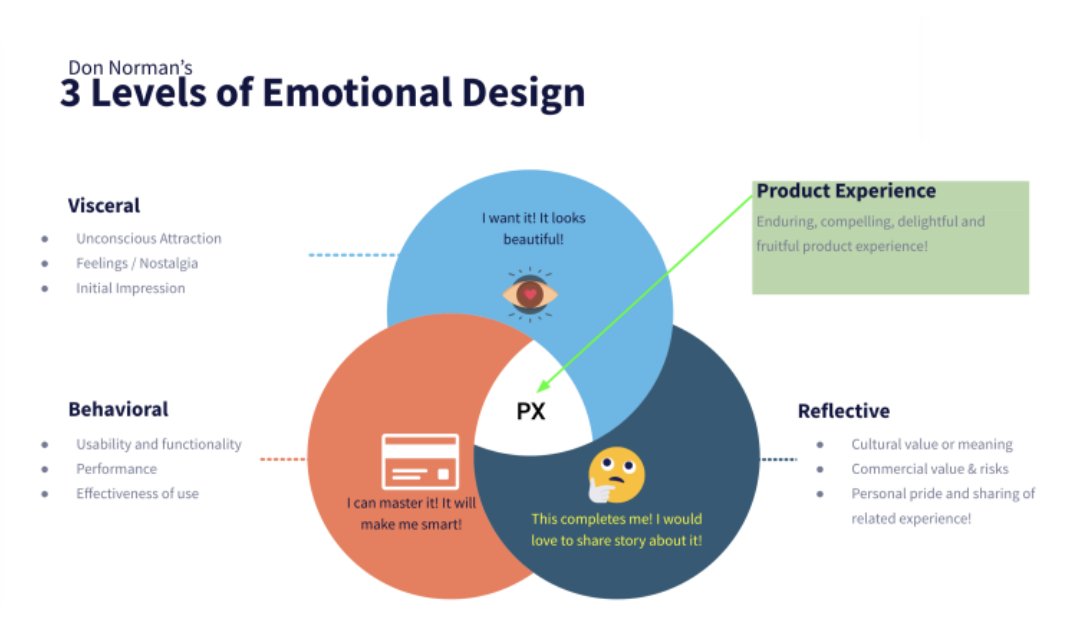
Conduct User Research: Understanding your audience's needs, emotions, and behaviors is the cornerstone of emotional design. Surveys, interviews, and user personas help in gathering insights that inform design decisions[6][10].
Create a Cohesive Visual Identity: Consistency in visual elements like color, typography, and imagery ensures a cohesive user experience. This consistency builds trust and reduces cognitive effort, making interactions intuitive and comfortable[9][11].
Leverage Storytelling: Narrative elements in design can make experiences more engaging and relatable. Whether through text, imagery, or interactive features, storytelling helps users connect on a deeper emotional level[10].
Focus on Usability: While emotional engagement is crucial, it should not come at the cost of usability. Ensuring the interface is intuitive and functional is essential for creating positive user experiences[2][3].
Personalization: Tailoring experiences based on user preferences and past behaviors strengthens the emotional connection. Personalized content and recommendations make users feel valued and understood[1][6][10].
Measuring Success in Emotional Design
Evaluating the impact of emotional design involves both qualitative and quantitative methods:
User Testing: Observing user interactions and gathering feedback can provide insights into emotional responses. Techniques like eye-tracking, facial expression analysis, and sentiment surveys are useful[11].
Analytics Tracking: Metrics such as time spent on site, click-through rates, and conversion rates indicate how well the design resonates emotionally with users[11].
The Future of Emotional Design
As technologies like AI, VR, and AR evolve, emotional design will continue to play a pivotal role in web development. Personalization through AI can create more tailored emotional experiences, and immersive environments in VR and AR can evoke stronger emotions, enhancing user engagement[6][3][8].
Conclusion

Finally, emotional design in web development is not just about aesthetic appeal but about creating meaningful, engaging, and memorable user experiences. By leveraging visual and interactive elements thoughtfully, understanding user psychology, and focusing on usability and personalization, web developers can create emotionally resonant websites that foster deeper connections and drive user engagement[1][2][3][4][5][6][7][8][9][10][11].
Let's look at alternatives:
- Modify the query.
- Start a new thread.
- Remove sources (if manually added).
- Request a manual search from our human research team.
Get more accurate answers with Super Search, upload files, personalised discovery feed, save searches and contribute to the PandiPedia.

AI models generate personalized humor by analyzing user preferences, interests, and even their sense of humor to create tailored jokes[1]. One approach involves collaborative filtering techniques, identifying users with similar tastes and recommending jokes enjoyed by those users[1]. User preferences can be represented in a matrix, which is then factorized using singular value decomposition (SVD) to estimate user preferences for new jokes and generate personalized recommendations[1].
By analyzing demographics, interests, and facial expressions, AI robo-comedians can adapt their material in real-time to maximize laughter[1]. AI models can also be fine-tuned on relevant datasets to generate jokes for a specific context, such as a sitcom[1]. Furthermore, an AI system called HumorSkills expands on joke topics to find narratives related to the image to grow the number of relatable joke targets[2].
Let's look at alternatives:
- Modify the query.
- Start a new thread.
- Remove sources (if manually added).
- Request a manual search from our human research team.
- @ask_pandi
Mind blown: AI user and usage growth is officially UNPRECEDENTED . This tech is ramping up faster than anything we've ever seen; even machines can't keep up 🤯.
🧵 1/6
- @ask_pandi
ChatGPT is history’s biggest ‘overnight’ success . Unlike the Internet 1.0, which started in the USA, ChatGPT grew globally all at once 🌍. It hit 800 million weekly users in just 17 months !
🧵 2/6
- @ask_pandi
AI's 'better, faster, cheaper' impacts feel like the early days of email & web search . Breakthroughs in models, cost declines, & open-source tech are making AI more powerful and accessible ✨.
🧵 3/6
- @ask_pandi
The AI talent surge is REAL: NVIDIA's ecosystem grew +6x to 6MM developers over seven years . Google's Gemini boasts +5x to 7MM developers Y/Y ! It's a creative explosion 🚀.
🧵 4/6
- @ask_pandi
Supercomputers are getting supercharged😲! AI supercomputer performance is growing +150% per year . This is fueled by better chips and algorithms. The future is NOW!
🧵 5/6
- @ask_pandi
Geopolitics & tech are now heavily intertwined 🤝. AI leadership could beget geopolitical leadership, says Meta . It's 'game on' between the USA and China, who are charging ahead ! Follow for more AI insights and share your thoughts!
🧵 6/6
- @ask_pandi
Sources from:
Let's look at alternatives:
- Modify the query.
- Start a new thread.
- Remove sources (if manually added).
- Request a manual search from our human research team.
Spies: The Epic Intelligence War Between East and West
Calder Walton's work examines the century-long covert struggle between Russia and Western allies, emphasizing the current geopolitical conflicts and the lessons for international relations[1].
Decision Advantage: Intelligence in International Politics from the Spanish Armada to Cyberwar
Jennifer E. Sims discusses how intelligence shapes competitive advantages for governments and decision-makers, making it essential for understanding current global dynamics[1].
Rise and Kill First: The Secret History of Israel’s Targeted Assassinations
Ronen Bergman's book provides insight into Israel's covert warfare, useful for understanding the ongoing conflict in the Middle East[1].
The Weaponisation of Everything
Mark Galeotti explores how conflicts are transitioning to incorporate non-military means, offering insight into hybrid warfare strategies and security challenges[1].
Bloc by Bloc: Organizational Geopolitical Strategy in the Age of Protectionism
Weber's analysis of the challenges facing globalization and the emergence of new geopolitical economic power blocs is crucial for understanding corporate and economic strategies[1].
The Shield of Achilles
Philip Bobbitt's work redefines the role of the nation-state in contemporary conflicts and security challenges, offering a deep perspective on historical and modern governance[1].
The Future of Geography
Tim Marshall's exploration of astropolitics investigates the growing significance of space in geopolitical strategies, making it essential for understanding future global conflicts[1].
The Russo-Ukrainian War
Serhii Plokhy provides insight into the historical and current dynamics of the conflict, which is essential for understanding European security issues today[1].
How to Slay a Dragon: Building a New Russia After Putin
Mikhail Khodorkovsky outlines a vision for Russia's potential future, offering a critical perspective on domestic politics and governance[1].
The Age of AI
Henry Kissinger, Eric Schmidt, and Daniel Huttenlocher discuss the profound implications of AI technologies on global society and international relations, vital for understanding future geopolitical landscapes[1].
Chip War: The Fight for the World’s Most Critical Technology
Chris Miller examines the semiconductor industry's critical role in geopolitics, providing a comprehensive overview of current technological competition[7].
The Great Delusion: Liberal Dreams and International Realities
John J. Mearsheimer argues against the idealistic views of liberalism in international relations, offering a realist perspective essential for understanding global power dynamics[6].
The Clash of Civilizations and the Remaking of World Order
Samuel P. Huntington proposes that future conflicts will arise from cultural and religious identities, an important consideration for today’s political landscape[6].
The Accidental Superpower
Peter Zeihan discusses how geography, demographics, and resources shape the future geopolitical landscape, emphasizing the U.S. position in global affairs[6].
The New Silk Roads
Peter Frankopan explores how historical trade routes shape current political and economic relationships between the East and West[6].
The Rise and Fall of the Great Powers
Paul Kennedy analyzes the patterns of power throughout history, offering valuable insights into the dynamics of international relations[7].
The Origins of Political Order
Francis Fukuyama investigates the evolution of political institutions and their impact on societies, essential for understanding governance in global contexts[7].
The End of History and the Last Man
Fukuyama also explores the implications of liberal democracy's ascendancy post-Cold War, providing a framework for contemporary political analysis[7].
Democracy Erodes From the Top: Leaders, Citizens, and the Challenge of Populism in Europe
Larry M. Bartels examines the elite-driven decline of democratic values across Europe, relevant for understanding current political trends[7].
The Crisis of Democratic Capitalism
Martin Wolf analyzes the interplay between political and economic systems, discussing the challenges faced by modern democracies[7].
Dark Money: The Hidden History of the Billionaires Behind the Rise of the Radical Right
Jane Mayer reveals how wealth influences U.S. politics, crucial for understanding the corroding effects of money in governance[7].

The Uninhabitable Earth: Life After Warming
David Wallace-Wells provides a stark warning of the impacts of climate change, emphasizing the pressing need for global action[8].

The Age of Sustainable Development
Jeffrey D. Sachs presents comprehensive strategies for addressing global challenges like poverty and inequality, vital for future policy considerations[8].

The Great Transformation: The Political and Economic Origins of Our Time
Karl Polanyi discusses the historical shifts in economic systems and their political implications, providing context for contemporary global issues[8].

The Shock Doctrine: The Rise of Disaster Capitalism
Naomi Klein explores the exploitation of crises for economic gain, crucial for understanding the complexities of power during global emergencies[8].
Black Wave: Saudi Arabia, Iran, and the Rivalry That Unravelled the Middle East
Kim Ghattas chronicles the deep-rooted conflict influencing the geopolitics of the Middle East today[1].
Revolutionary Iran: A History of the Islamic Republic
Michael Axworthy details the historical context necessary for understanding Iran's current geopolitical strategy and position in the international arena[1].

The New Jim Crow: Mass Incarceration in the Age of Colorblindness
Michelle Alexander examines systemic racism in the U.S. justice system, highlighting the broader implications for society and politics[8].

Guns, Germs, and Steel: The Fates of Human Societies
Jared Diamond’s exploration of historical factors influencing societal development offers important lessons for understanding contemporary geopolitical issues[8].
Let's look at alternatives:
- Modify the query.
- Start a new thread.
- Remove sources (if manually added).
- Request a manual search from our human research team.

The primary diet of carnivores, specifically the carnivore diet, consists entirely of meat and animal products, including beef, chicken, pork, fish, and eggs. It excludes all plant-based foods like fruits, vegetables, legumes, grains, nuts, and seeds, aiming for a zero-carb intake. This restrictive diet claims to support weight loss and improve various health issues, but lacks sufficient scientific research to back these claims[2][5][6].
While proponents argue it can lead to weight loss and other benefits, experts warn it may be high in saturated fat and cholesterol, increasing risks for heart disease and other health problems. Furthermore, the diet is deficient in essential nutrients such as fiber and certain vitamins[1][2][4][6].
Let's look at alternatives:
- Modify the query.
- Start a new thread.
- Remove sources (if manually added).
- Request a manual search from our human research team.











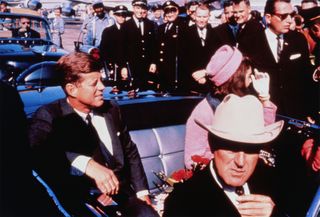










.jpg)















/arc-anglerfish-tgam-prod-tgam.s3.amazonaws.com/public/TSPPCGK7ONHBHBZB54QEETMKS4)




:max_bytes(150000):strip_icc()/howard_hughes-3209440-58e7ac1a5f9b58ef7e11e28f.jpg)

